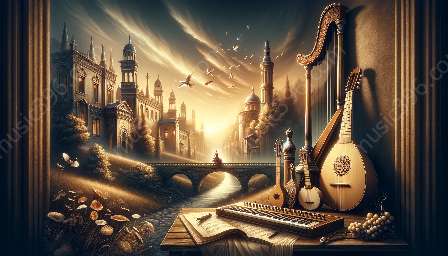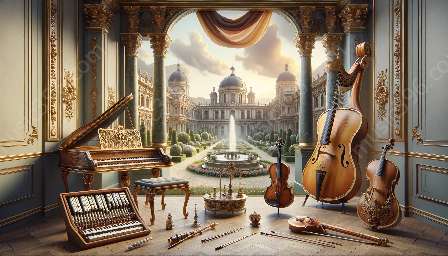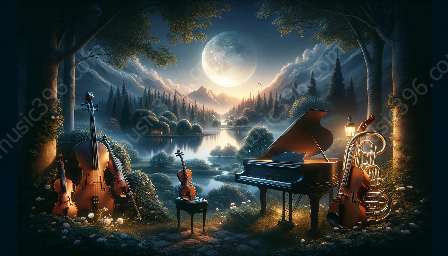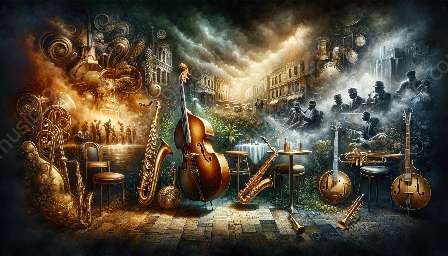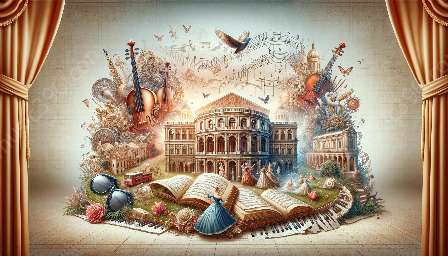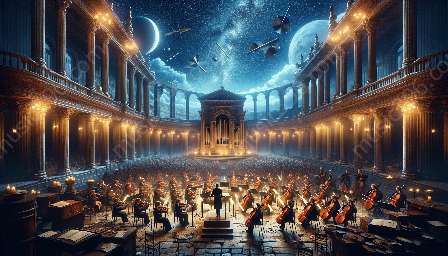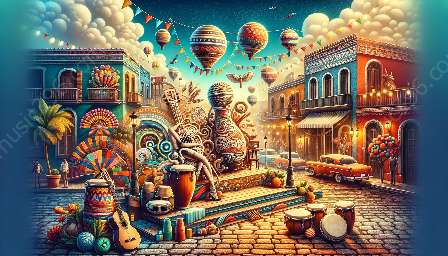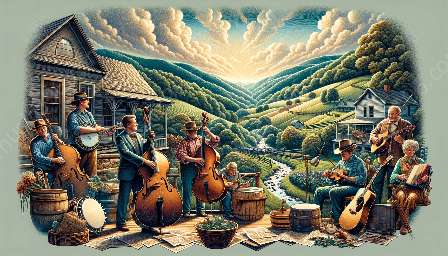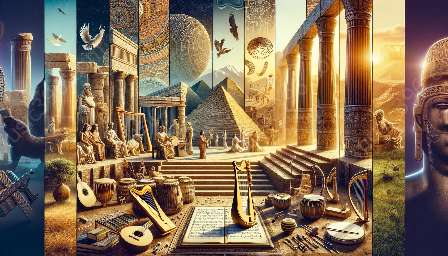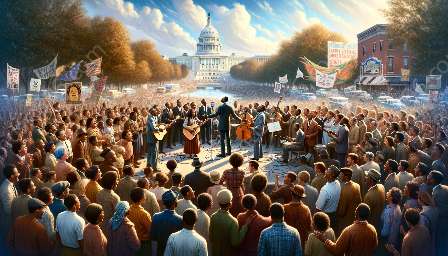Music has always played a significant role in the cultural, social, and religious life of ancient civilizations. In the case of ancient Persia, music was an integral part of courtly splendor and popular forms of entertainment. This article aims to explore the rich and diverse Persian musical culture in antiquity, examining its historical and social context, musical instruments, and the role of music in ancient Persia.
Historical and Social Context
Ancient Persia, known today as Iran, was a vast empire that spanned across the Middle East, Central Asia, and parts of the Indian subcontinent. The Persian Empire was characterized by its rich cultural diversity, and music was an essential component of this cultural tapestry. Music in ancient Persia was deeply intertwined with religious rituals, courtly ceremonies, and popular festivities.
The Persian musical tradition was influenced by the cultural exchanges and interactions between different civilizations, including the Mesopotamian, Greek, and Indian cultures. This cross-cultural fertilization resulted in a harmonious blend of musical styles, scales, and instruments, enriching the Persian musical heritage.
Courtly Splendor
Music played a pivotal role in the grandeur and opulence of the Persian courts. The rulers and nobility of ancient Persia were patrons of the arts, including music, and they spared no expense in promoting and showcasing their musical prowess. Court musicians, skilled in playing various instruments and versed in the sophisticated musical traditions, were highly esteemed and held prestigious positions in the royal court.
Orchestras and ensembles were employed to perform intricate compositions that captivated the audience and added splendor to royal banquets, feasts, and celebrations. The courtly musical performances were graced with the eloquent poetry of renowned poets, further elevating the artistic and emotional impact of the music.
Popular Forms
While courtly music flourished in the elite circles of ancient Persia, there also existed vibrant and diverse popular forms of music that resonated with the common people. Festivals, street performances, and religious ceremonies provided a platform for folk musicians to showcase their talents and entertain the masses.
One of the most popular forms of Persian music was the epic recitation of heroic legends and mythological narratives accompanied by music. These stories, deeply rooted in the Persian cultural ethos, were passed down through generations via musical performances, enriching the collective memory of the Persian people.
Musical Instruments
Ancient Persian musical instruments were as diverse as the genres of music they served. String instruments such as the harp, lyre, and lute were prevalent and played a central role in courtly and popular music. Wind instruments like the flute, trumpet, and oboe also found a place in the musical ensembles, adding depth and variety to the sonic landscape.
Percussion instruments, including drums, tambourines, and cymbals, provided rhythmic support and enhanced the expressive qualities of the music. The mastery of these instruments was highly regarded, and musicians were often celebrated for their virtuosity and innovation in playing and crafting new musical instruments.
Legacy and Influence
The legacy of Persian musical culture in antiquity is enduring and continues to influence contemporary music in the region and beyond. The fusion of Persian musical elements with the musical traditions of neighboring cultures has given rise to new genres and styles, keeping the ancient musical heritage alive and vibrant.
Moreover, the historical significance of Persian music in antiquity has been acknowledged and celebrated globally, leading to the preservation and dissemination of traditional Persian music through academic research, cultural initiatives, and artistic collaborations.
Conclusion
In conclusion, the Persian musical culture in antiquity, characterized by courtly splendor and popular forms, was a testament to the artistic prowess and cultural richness of ancient Persia. Through its historical and social context, courtly splendor, popular forms, musical instruments, and enduring legacy, Persian music has left an indelible mark on the history of music, serving as a source of inspiration and appreciation for future generations.


